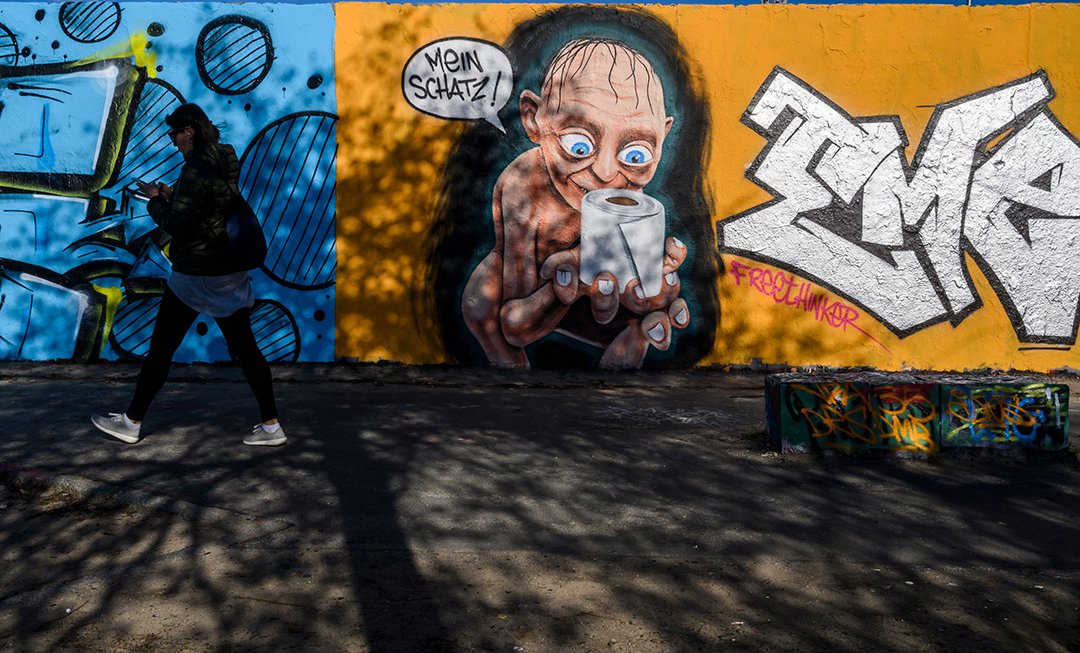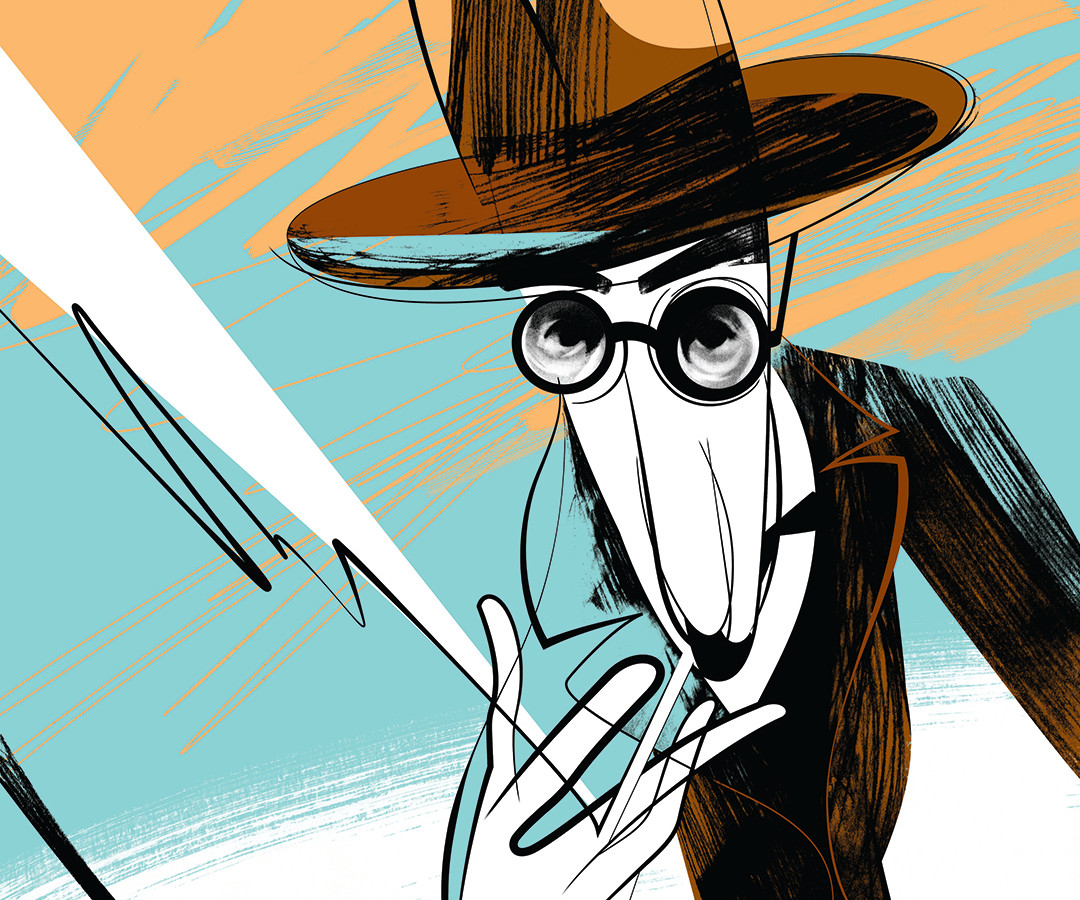
STORYTELLING: AVIDLY EVER AFTER
As the moon rises in the night sky, it’s time to snuggle under cosy blankets, with eager anticipation dancing in the eyes. Beside the bed, as the tale unfolds, the outside world dims. And the bedroom is suddenly a castle, a pirate ship, a far-off land of enchantment. Through the magic of storytelling, children explore realms they might never physically visit, engage with characters that seem to be more than mere imagination and embark on adventures that conjure an entirely new reality. They’re not just listening to a bedtime story; they’re experiencing it.
Engaging stories trigger a phenomenon called “narrative transportation”, leading to real, measurable effects on the brain’s connections and chemistry.
The power of stories rises above the boundaries of spacetime, their existence probably predating the advent of written language. From cave paintings to modern TV fiction, storytelling have shaped civilisations, imparting wisdom, conveying values and inspiring change. Stories are a spell for the senses, provoking thoughts and evoking a range of emotions that resonate long after “The End”. Engaging stories trigger a phenomenon called “narrative transportation”, leading to real, measurable effects on the brain’s connections and chemistry. The prefrontal cortex, responsible for cognition and understanding, absorbs and stores story information, while the amygdala, responsible for emotions and long-term memory, encodes the data based on the emotional response experienced.

The chemicals released during story experiences are often described as the “Angel’s Cocktail”, combining dopamine, which encourages positive emotions, motivation, and focus; oxytocin, which fosters bonding, trust and emotional connection, driving compassion and empathy toward the characters; and endorphins, which induce relaxation, happiness and creativity, particularly in funny or feel-good narratives that inspire positive action.
Cinderella, Walking along the Street
The striking similarity found between stories told centuries ago and those people still enjoy today is truly remarkable. One such timeless narrative pattern is the hero’s journey, encompassing a hero’s call to adventure, trials, transformation and the victorious return with newfound wisdom or a valuable boon. It has recurred for millennia, from the Epic of Gilgamesh — engraved on ancient Babylonian tablets 4,000 years ago, making it the oldest surviving work of great literature — to the modern space odyssey of the Star Wars saga.
In folktales, while a certain story may undergo slight variations with each retelling, some elements of folklore remain consistently present. One such element is the standard opening, as seen in phrases like “Once upon a time…”, “A long, long time ago…”, “There was a time when…”, “Once…”.
Cinderella, a beloved Western fairy tale, exemplifies more of these enduring elements. It embraces the universal appeal of a rags-to-riches narrative and the timeless theme of good triumphing over evil, not to mention the belief in “and they all lived happily ever after.” Walt Disney popularised this story through his 1950 film, yet there are over 700 different variations found across the globe. The Brothers Grimm’s version, titled Aschenputtel (Ash Girl), was first released in 1812 in their well-known German collection Kinder-und Hausmärchen (Children’s and Household Tales).
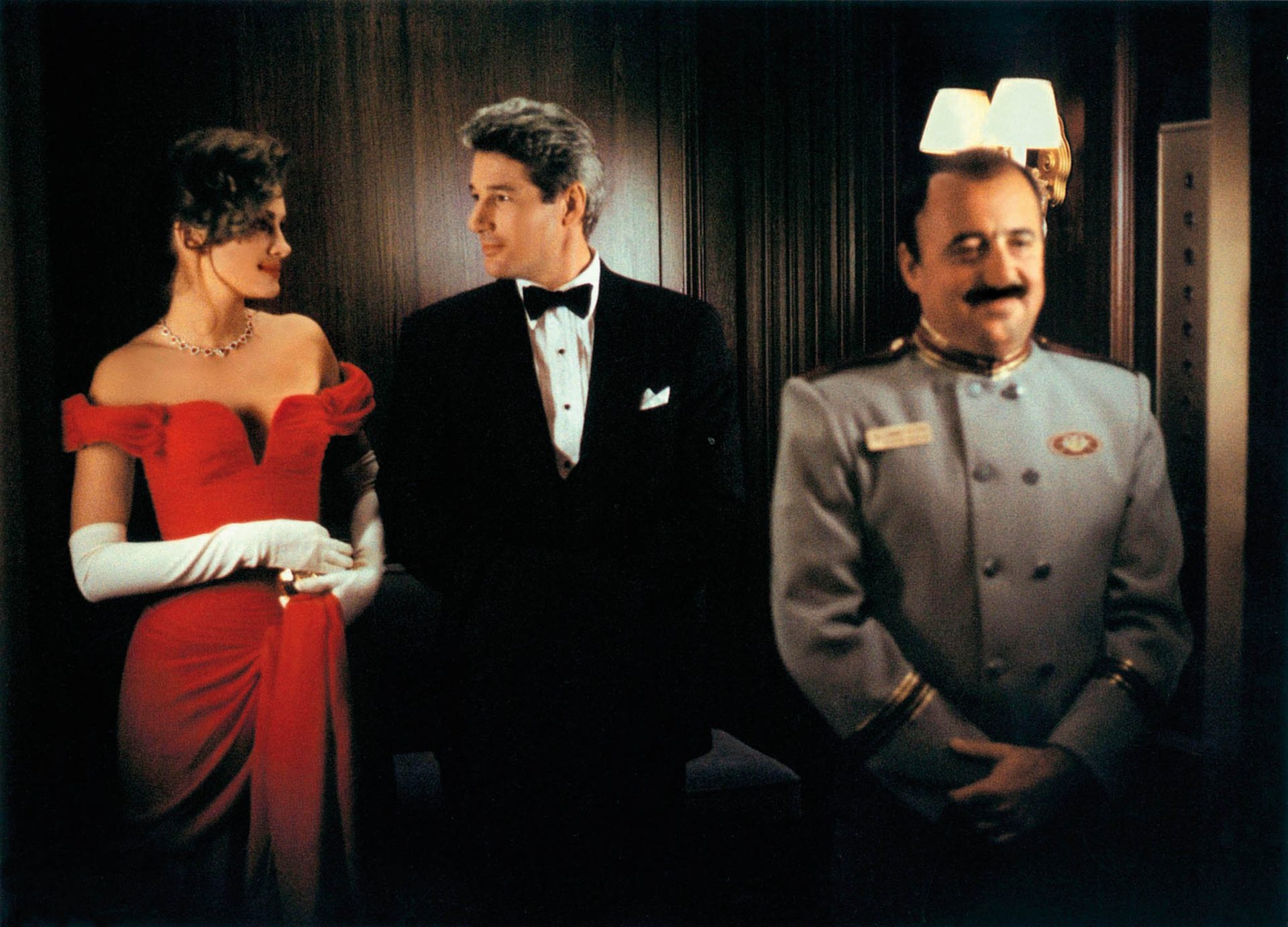
Many folktales are much older than previously thought. Cinderella‘s roots can be traced back to China’s Tang dynasty (618-907 AD), where a remarkable parallel tale known as Yeh-Shen is often considered the world’s oldest Cinderella story. In this ancient Chinese version, the protagonist triumphs over an evil stepmother, aided by a golden slipper that transforms her rags into exquisite attire, enabling her to wed a wealthy king. A modern reinterpretation of this classic fairy tale is the successful romantic comedy Pretty Woman (1990), featuring Julia Roberts as Cinderella and Richard Gere as Prince Charming. The film also explores the transformative power of love and hope and the conquest of personal growth and self-worth.
The inescapable presence of storytelling
Storytelling is not confined to oral tradition, books and films, it’s everywhere: in the way people share anecdotes at dinner tables or on social media, in the news stories that shape our worldview, and even in the ads that entice people to buy products: everyone crafts and consumes stories constantly.
In the business world, storytelling is a powerful tool for conveying messages with impact. An emblematic example is Apple, which went from being a garage-based startup to a tech giant. This remarkable journey encapsulates a story of innovation and disruption, echoing the sentiment of Steve Jobs, who once proclaimed that “the most powerful person in the world is the storyteller.”
To master the art of storytelling, the intricate nuances that make a narrative truly engaging must be recognised and navigated. An invaluable guide on this journey is the framework of the “Seven Deadly Sins of Storytelling” from IDEO, a leading design thinking company.
Seven Deadly Sins of Storytelling
1. Excessive Throat Clearing
2. Professional Boring Mode
3. Reading the Slides
4. Failure to Rehearse
5. Living in the Abstract Space
6. Not Knowing Your Audience
7. The Non-ending Ending
Source: IDEO.com
These rules are widely used in workshops, seminars and articles on storytelling and presentation techniques. The first sin, “Excessive Throat Clearing”, stresses the importance of captivating the audience from the start instead of indulging in lengthy introductions. “Professional Boring Mode” emphasises the role of genuine emotion in engaging storytelling. The third sin, “Reading the Slides”, warns against overloading PowerPoint slides with text and encourages active engagement. “Failure to Rehearse” underlines the need to prepare for a successful presentation. “Living in the Abstract Space” highlights the power of specific, sensory details relevant to the message in order to make the story resonate with the audience, paving the way for compelling and memorable narratives.
Stories help people to connect, to transcend space and time, and are as enduring as the thread that binds the pages of the ever-evolving book of Humanity.
Promoting Literature and Reading Habits through appealing stories
Reading can improve literacy, which is the basis for learning and communication. It broadens people’s horizons and perspectives, exposing them to different ideas, opinions. It helps to strengthen social cohesion and ultimately, it can support democracy and human rights. Reading habits are beneficial for individuals, but they are also peaceful weapons to help create informed societies – one of the aims of the Jerónimo Martins responsibility policy.
That is why we promote children’s literature to foster early family reading habits and nurture child literacy. Every year, Pingo Doce and Biedronka hold children’s literature competitions that encourage the emergence of new authors and illustrators.
The winners of the two stages of the competition – writing and illustration – are guaranteed publication of their work, which is sold exclusively in Group stores. In both the Pingo Doce Children’s Literature Prize and the Biedronka Piorko Prize, each winner receives a cash prize of 25,000 euros. Since their creation, more than 140,000 books have been sold at very affordable prices in Portugal and more than 465,000 in Poland.
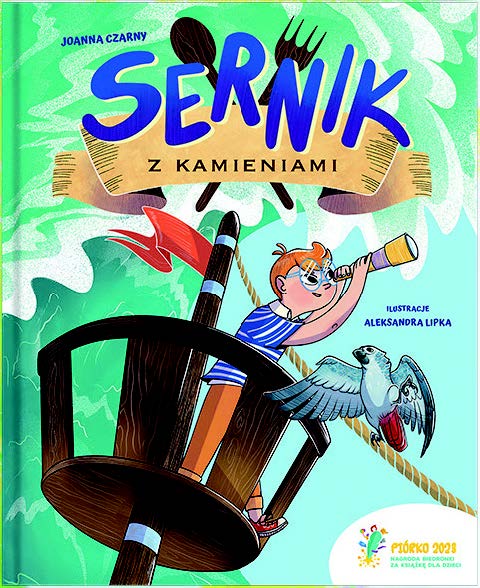
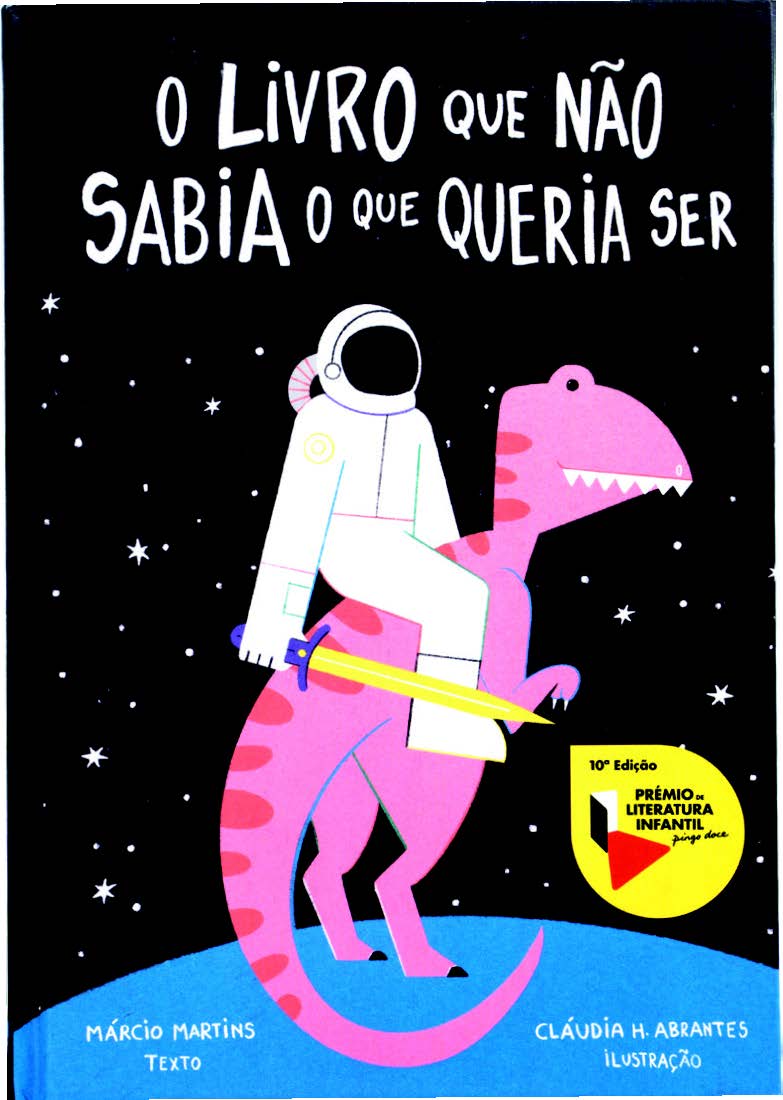
In 2023, more than 3,000 entries were received for the text stage and 800 for the illustration stage of the Pingo Doce Children’s Literature Prize. O Livro que não Sabia o que Queria Ser (The book that didn’t know what it wanted to be) by Márcio Martins (text) and Cláudia Abrantes (illustration), won the tenth competition.
The Polish Children’s Ombudsman has sponsored Piórko (Biedronka Children’s Literature Prize) since it was first held. In 2023, the ninth competition received more than 2,000 entries. Joanna Czarny’s Sernik z Kamieniami (Cheesecake with Stones) story served as an inspiration to more than 750 illustrators, who applied for the second stage of the prize, the winner of which was Aleksandra Lipka.
Biedronka is not only supporting new writers and illustrators, it also engages in the promotion of reading – one of the Company’s social activities. Starting on 29 September, the Polish National Read Aloud Day, Biedronka organised the Read Aloud Week for the third time. While shopping inside the stores, customers were able to hear a fragment of Cheesecake with Stones, read by Wiktor Zborowski, who is also one of the Piórko judges.
